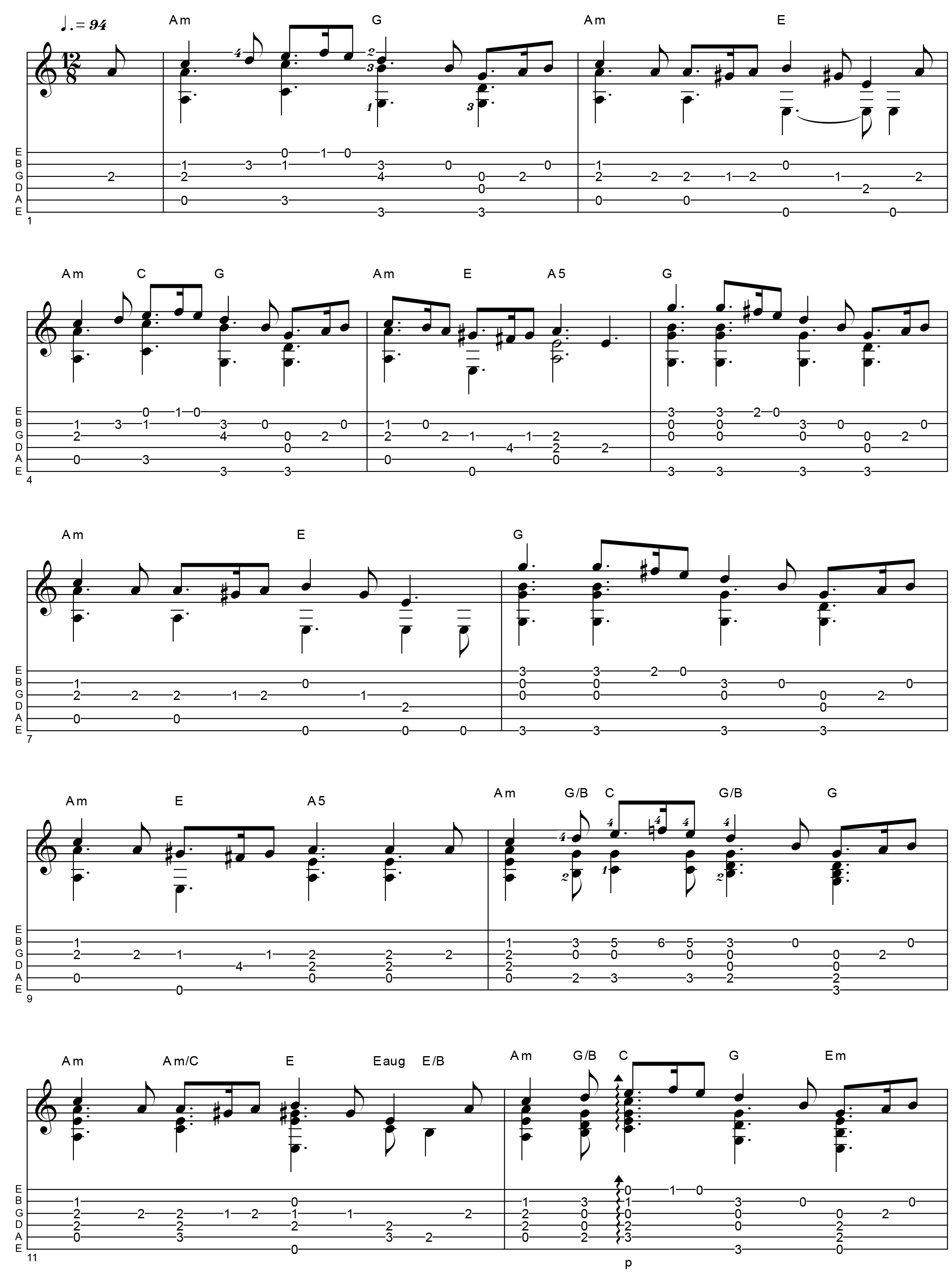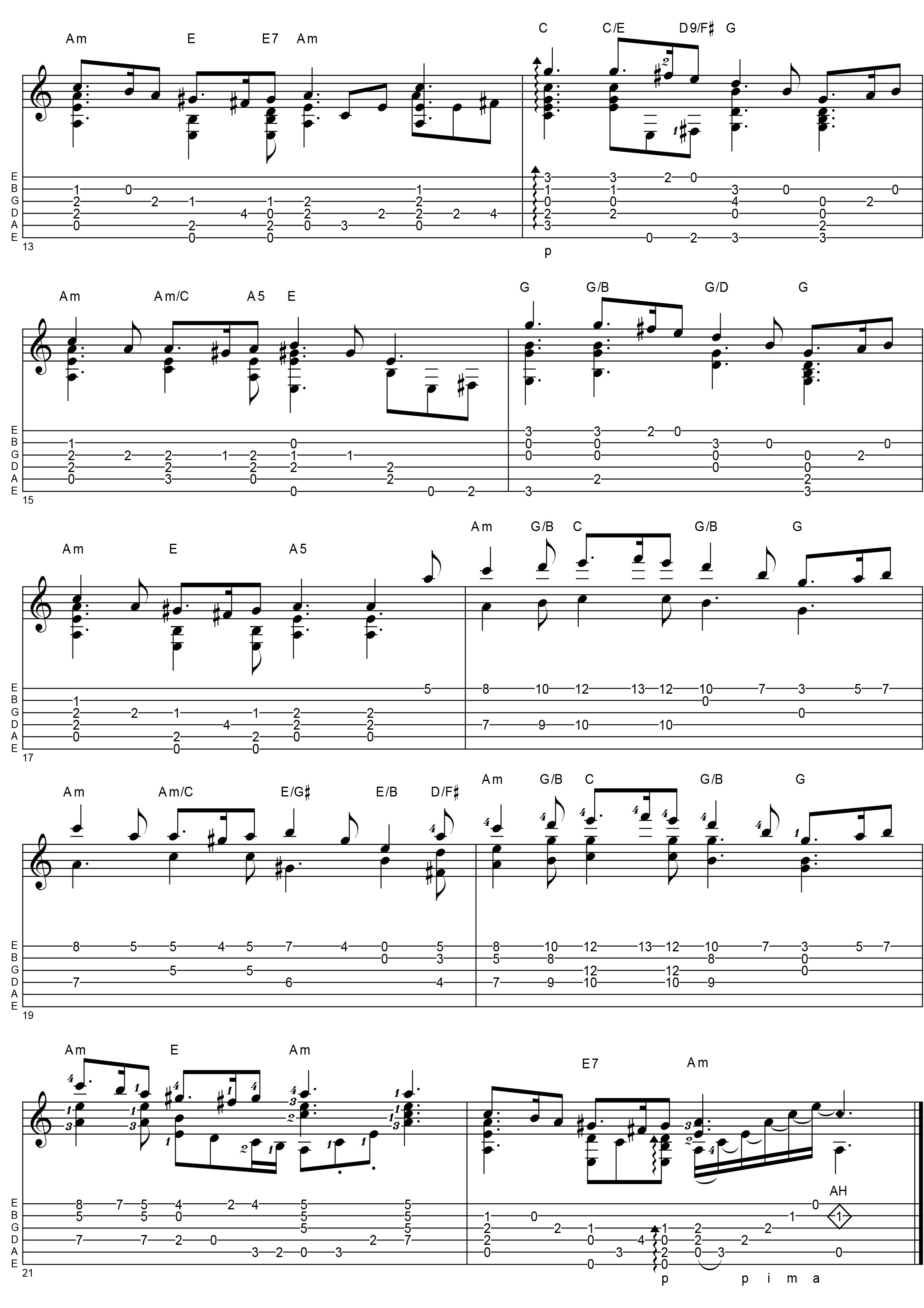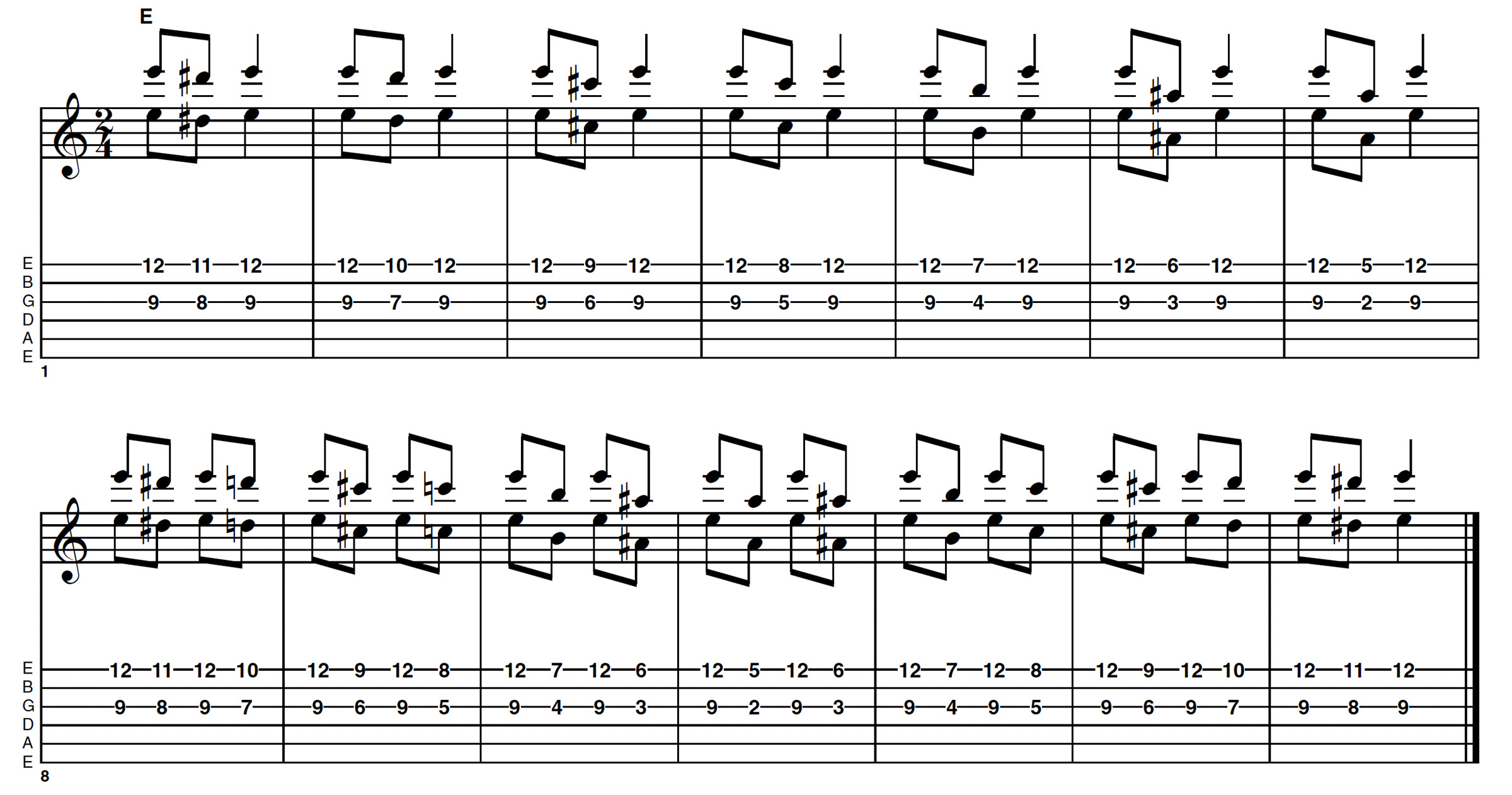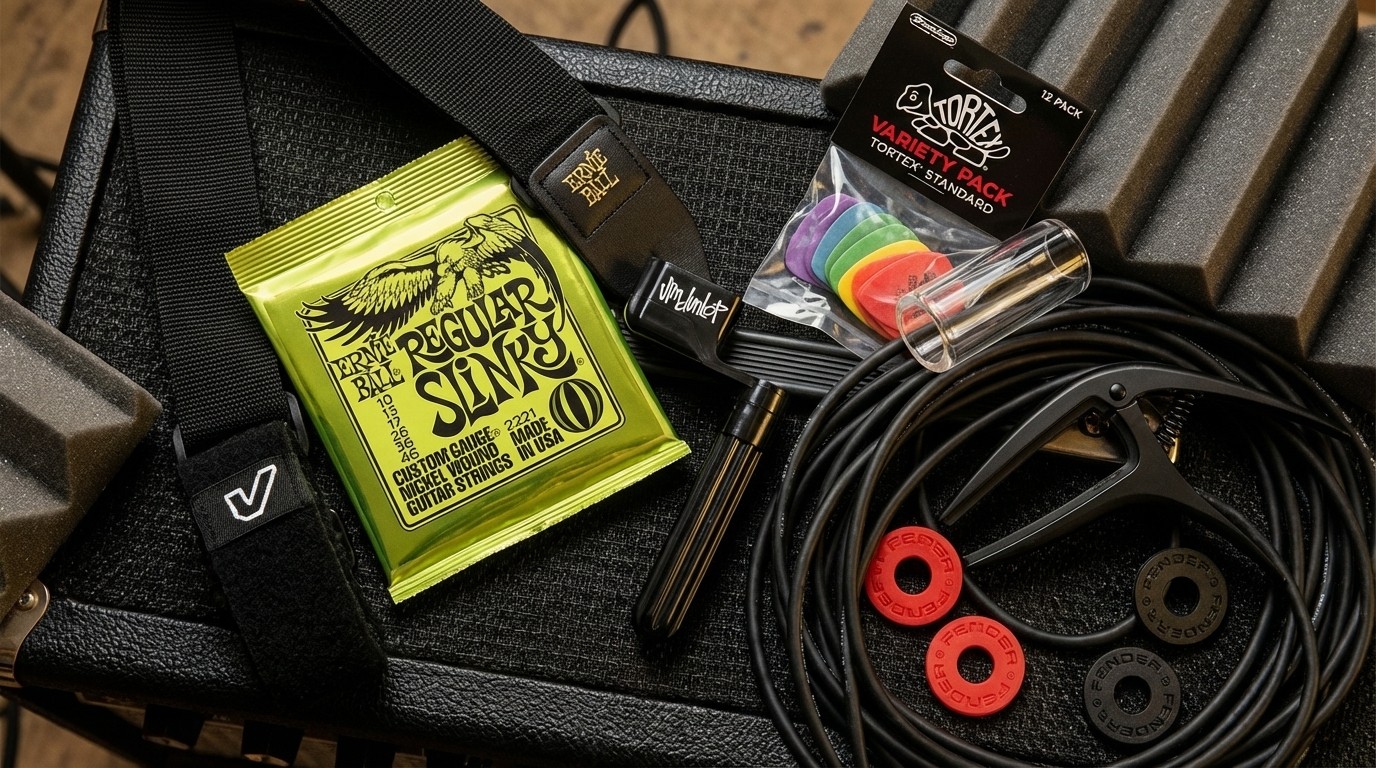How to play Greensleeves on guitar
One of the most famous songs to have emerged from Renaissance England is melancholy and sublime, capable of melting hearts, and a real test of your classical chops
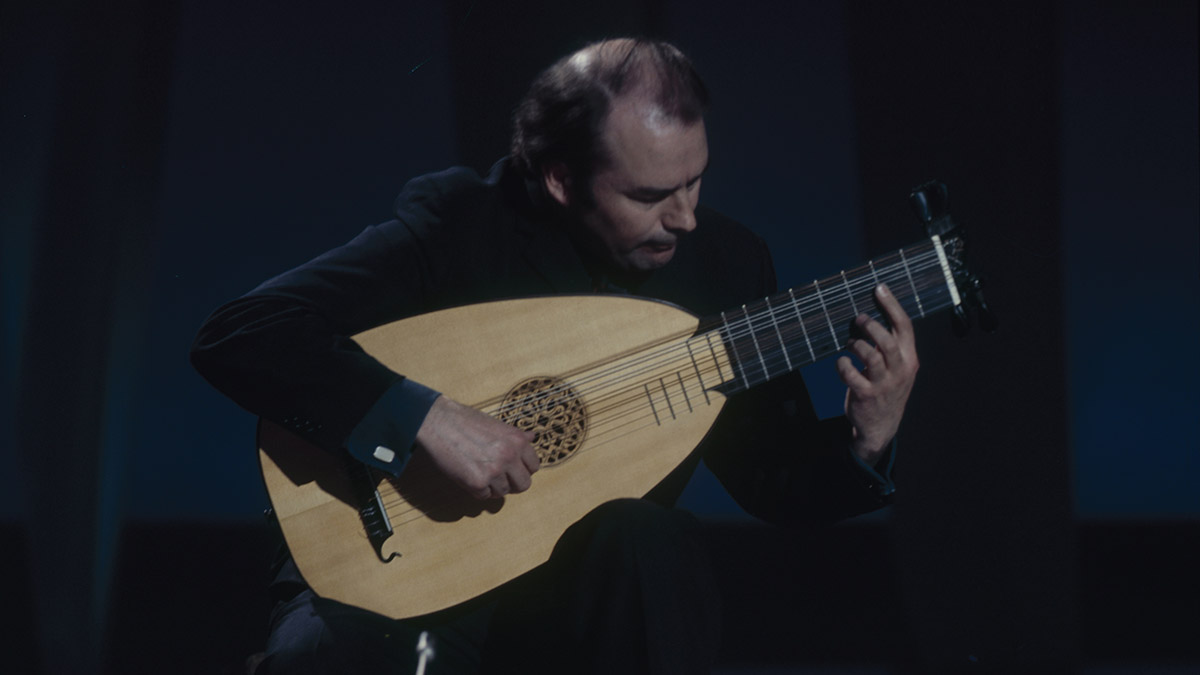
Greensleeves is one of those ‘ear worm’ pieces that everyone is either already very familiar with, or totally unaware that they are already familiar with. A traditional English folk song first documented back in 1580, Greensleeves is a song that has been deeply woven into popular culture for well over four centuries, referenced as far back as 1602 in Shakespeare’s The Merry Wives of Windsor.
It is a bizarre and almost absurd thought that over 400 years later, a folk song entirely unrelated to the business of selling ice cream should be chosen as the jingle piped out by ice cream trucks the world over.
For many, the tune of Greensleeves is better known as the Christmas carol What Child Is This? a poem from 1865 by English theologian William Chatterton Dix set to the tune of Greensleeves.
First published in 1871 in a book of Christmas carols by John Stainer, this version became synonymous with the festive season and has since been covered in the mainstream music world by a huge variety of artists from various genres – from The Moody Blues to Andrea Bocelli, and even Avril Lavigne.
In recent years a rumour has suggested that Greensleeves was composed by King Henry VIII to woo Anne Boleyn. The 2007 costume drama The Tudors even had a scene depicting him composing it, and the same year Snickers made reference to it in their ‘Snickers Feast’ ad campaign.
Though widely enjoyed as an old wives’ tale, sadly in music academia the story is rejected for several reasons, mostly notably the lack of any concrete evidence to support the theory. The earliest documented knowledge of Greensleeves’ existence is over 30 years after Henry VIII’s death and any theories relating it back to his pen is merely conjecture.
Origins aside, the music of Greensleeves has a rather melancholic introspective atmosphere to it, aided in part by its minor tonality.
All the latest guitar news, interviews, lessons, reviews, deals and more, direct to your inbox!
Bringing out this longing characteristic in the music will be greatly helped by playing legato with a mellow-sounding plucking tone so it is therefore recommended to work through the accompanying technical exercises with an ear for exploring a deep and sonorous tone.
Greensleeves full tab
Greensleeves full tab video
Technique focus
While twisting of the fretting-hand wrist to achieve a shift can work over very short distances, it adds a great deal of complexity since the knuckles and fingers all change their relative distances to the fretboard during the shift.
Imagine your guitar is a pool cue passing through your hand, where your arm, hand, and thumb position remain unchanged as the cue progresses.
Attach a camera to that pool cue and you would see the arm and hand moving up and down the cue effortlessly – a great way to visualise shifting technique in the fretting hand. Give it a try in Exercise 4.
Playing tips
[Bars 1 and 3] The 1st-fret F can be pinched by the side of the first finger which at the time is predisposed on the 1st fret, C. This ‘hinging’ is essentially a temporary two-string barre - its a useful tool that can be employed on the rare occasion that you run out of fingers to hold notes! Maintain a consistently projected melody by ensuring the top note of any chords is plucked with a little more weight than the notes below it.
The same goes for strummed chords such as in [Bar 12] - when you strum the chord make sure you lean the strum into the top note so that the melody note can be heard over the chord.
[Bar 18] We see the entry of a more sparse texture where the dotted rhythm of the upper melody is offset by a walking line in the lower voice. Bring out the reflective and forlorn nature of this section by plucking softly and overlapping the notes over one another to create a sense of independence between the two voices.
The three-note chords that enter as you go into [Bar 19] can be made simple by keeping the fourth finger in contact with the first string during shifts. [Bar 22] is an echo of bar 21 but down an octave; play this bar a little slower to create the sense that the piece is now coming to a close.
Practice exercises
Exercise 1. Parallel movement between upper and lower voicings
This exercise is a G Mixolydian scale harmonised in 10ths and is going to be used as a starting block for the upcoming two exercises. The goal here should be to execute a legato connection between both the upper and lower voicings.
To help achieve this instead of leaping the fretting hand fingers across to the next chord each time, try moving the next chord’s fingers towards their notes early so that they simply drop onto them.
There aren’t any consecutive chords involving a repeated finger in the fretting hand so this should be relatively easy to achieve. Once you can move between chords in a relaxed and easy fashion you are then ready to progress to Exercise 2.
Exercise 2. Parallel movement between overlappying offset upper and lower voicings
In this exercise we are offsetting the upper and lower voicings of Exercise 1 by a semitone. The goal here is to maintain the same level of legato between adjacent notes within each voicing so that the two overlap one another.
For the fretting hand the sensation of playing this should resemble a pair of feet walking around the fretboard, with each step reaching its next footing well in advance.
This is a real roast for your brain as you are essentially having to listen intently to two different voices.
Simplify things when practising by homing your focus on a single voice, ensuring that it is being played legato before moving onto the other voice and doing the same - once you have established some legato muscle memory for each voicing it should be much simpler to overlap the voices.
Exercise 3. Parallel movement with contrapuntal rhythmic texture over 12/8
This exercise continues the melodic motion of Exercises 1 and 2 while exploring a common rhythmic cell within Greensleeves. Like before, aim to keep each voicing legato and once confident try experimenting with articulation – for example try playing each third quaver beat staccato to create a more lively character.
You can take this further by employing rubato swinging the semiquavers – playing the semiquaver in each dotted rhythm slightly late, and giving more weight to the upbeat (third quaver) of each dotted crotchet pulse beat.
If the two layers of rhythm are too challenging at first try just playing open strings and focus on getting the dotted rhythm out of your fingers while playing straight quavers with your thumb.
Exercise 4. Building shift proficiency with stable fretting-hand shape
As mentioned in the technique focus, we want to maintain a consistent arm, hand, and thumb position when shifting up and down the fretboard as this will cultivate a consistent and efficient shifting approach in your fretting hand. When approaching this exercise focus on keeping a loose thumb behind the neck and shift from the arm instead of the wrist.
Also, avoid looking at your fretting hand when shifting and instead look to the fret that your are shifting to. One final thing to consider is that the fret spaces become narrower or wider depending on the direction you are shifting so it is important to open the hand span up slightly when dipping into the lower fret positions during this exercise.
Described by BBC Radio 3's Max Reinhardt as “virtuosic and committed, with stunning sonic awareness”, Declan Zapala is a British classical and percussive fingerstyle guitarist specialising in composition, arranging, audio production, and education. A Masters graduate of London's Royal College of Music, Declan is a classical guitarist by training but has spent a fruitful career defying genre and pushing the boundaries of what is possible on the instrument. As a solo artist, his shows have received no less than seven 5* reviews in recent years, and his solo show 'Fusion Guitar’ won Best Music Show at the Adelaide Fringe in 2015.
